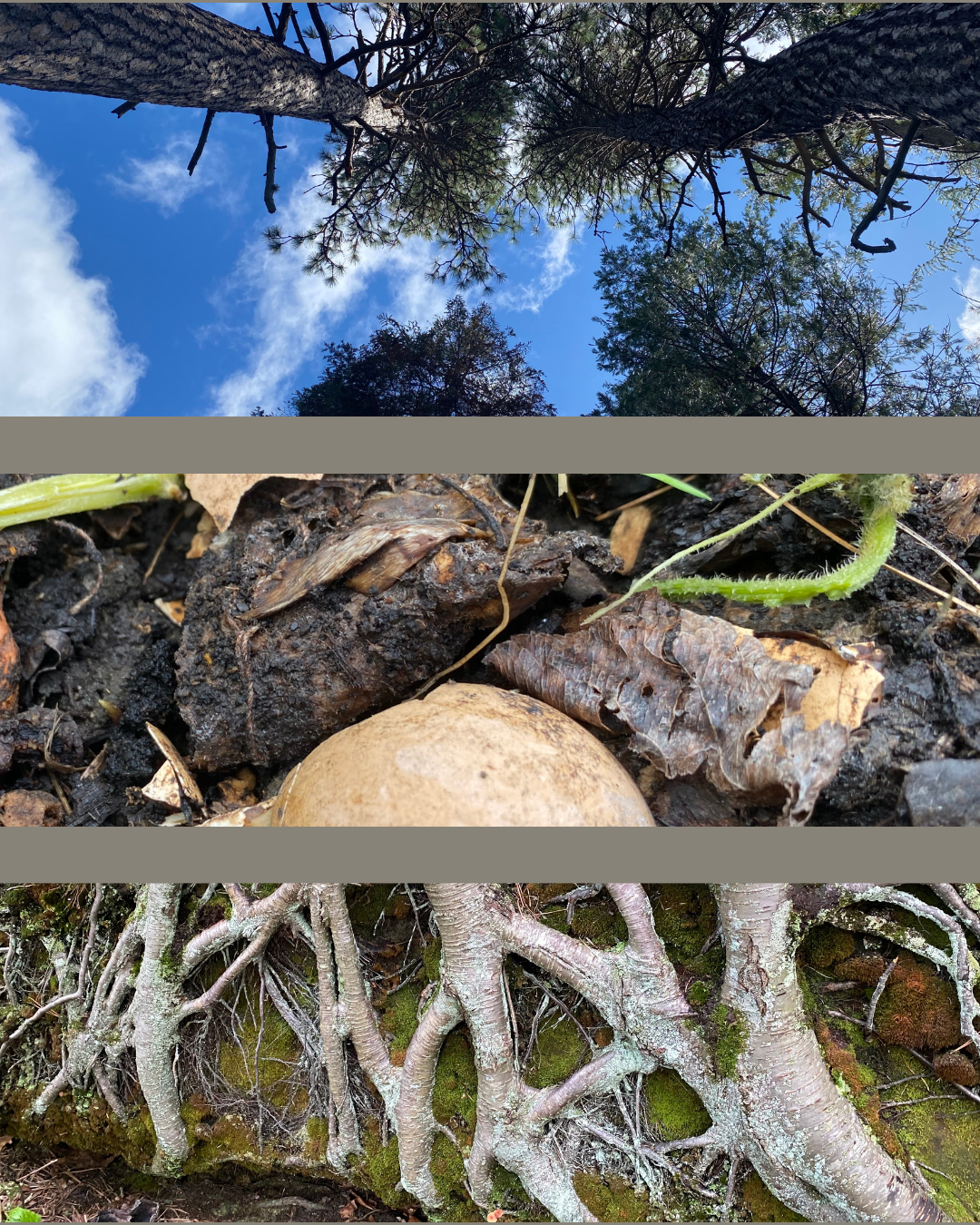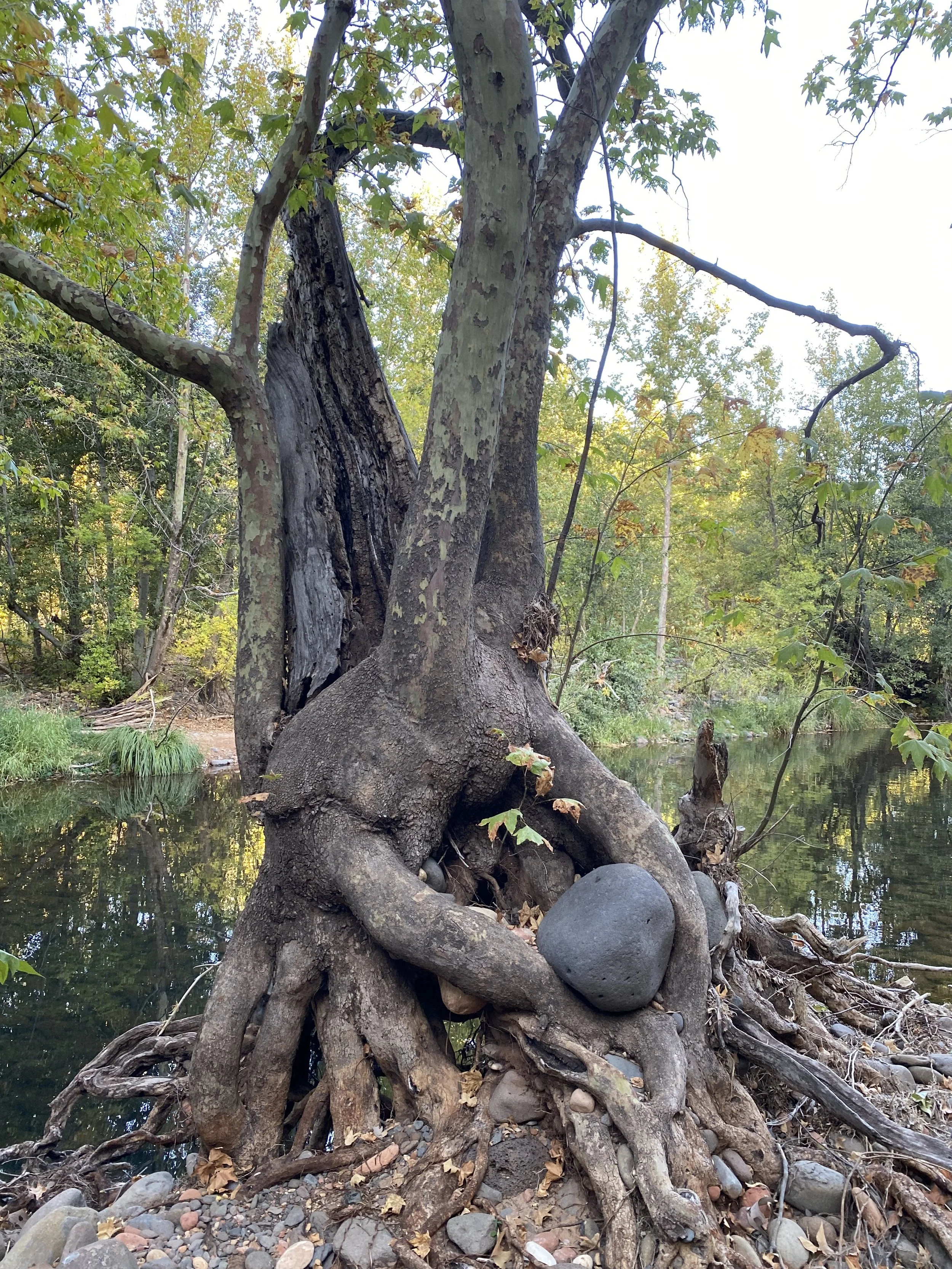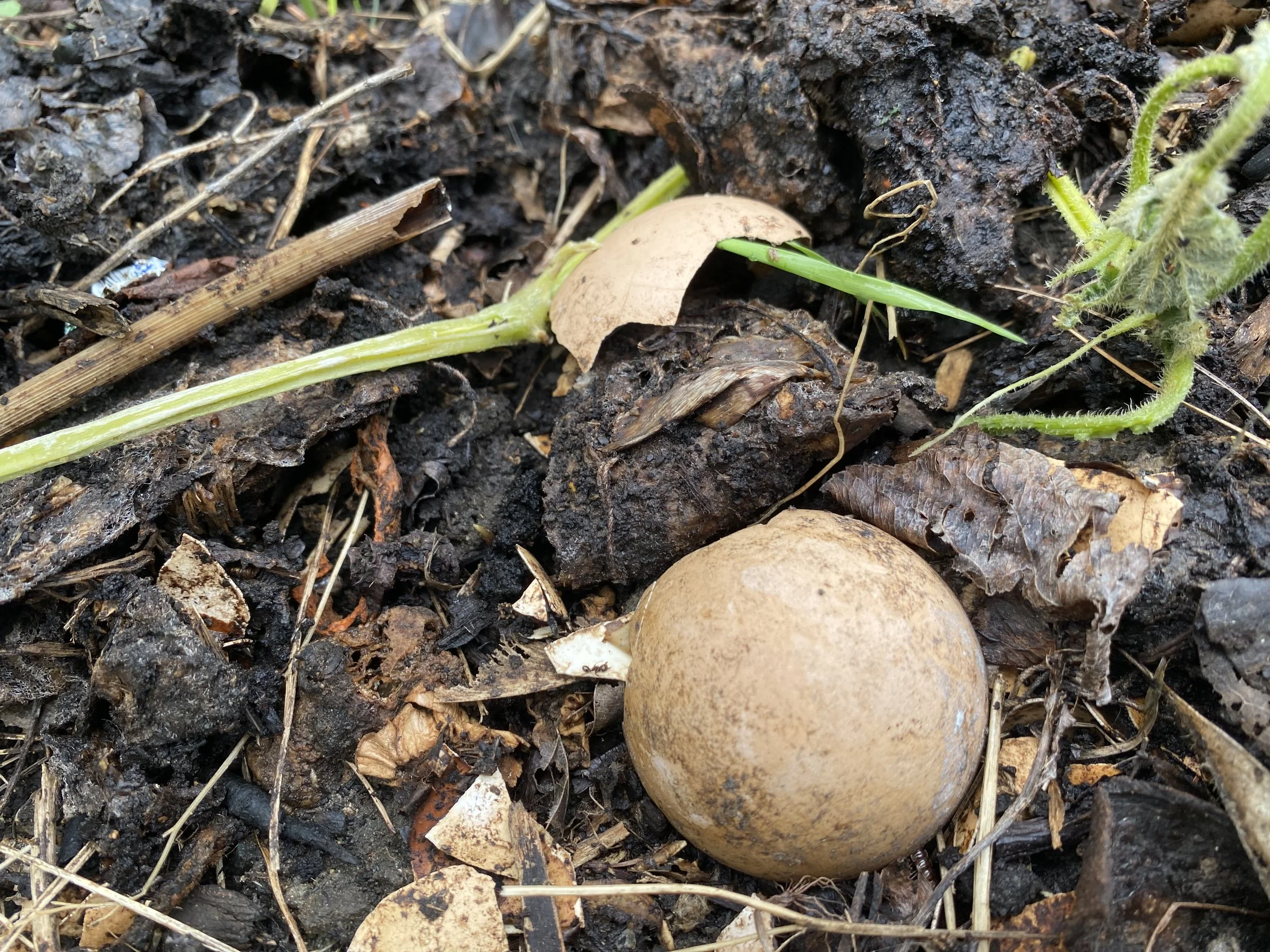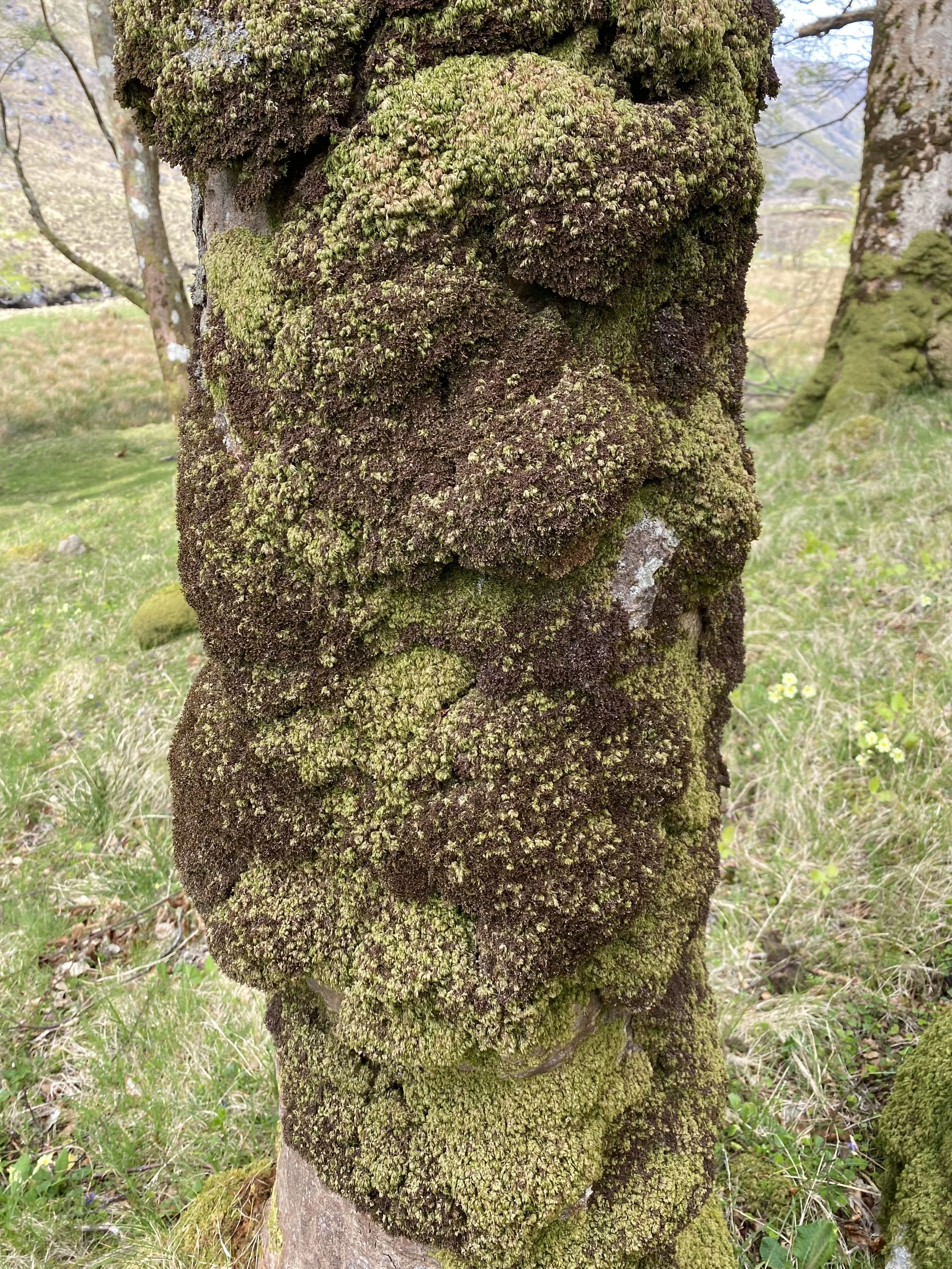resee school
tending the soils below the surface
When I resigned (almost 8 years ago) from the public school system where I worked, I thought I was stepping out of a box.
I could see the frame of the box, what it held, and how it defined and arranged learning into “school.” And I could see myself, how I had worked in that box, mostly in the cracks that allowed (and hid) ways of learning blurred at its edges.
8 years is a hiccup. 8 years is uncountable lifetimes, too.
It has taken this time—this space—for me to see and feel the nesting doll boxes of “school” within myself.
I stepped out of a box and found that the box lived in me.
My mind could see beautiful new ideas and liberatory ways of learning, yet I kept finding incongruent logics of “school” in the tucked-away pockets of my fascia and cells… structures of motivation webbed in my tissues… ways of effort lodged in my breath… rows and columns of time architecting how I dream… pulsations of urgency skewing my attention.
I’ve found endless limiting logics below the surface that, if followed unseen, maintain “school” as anything but a vessel for liberatory and loving learning.
I’m not done finding latent logics within myself that counteract the work I’m here to do. It continues to be a daily practice to dislodge and release what my body holds of “school” as I speak and write and teach to share with others. I am committed to this work. And I’m committed to supporting others who want to notice, wonder, and tend below the surface of things.
This is collective work. It takes ongoing practice, together.
The languages and logics we use to do school, to teach and learn at school, to reimagine school, to innovate and change school… all of this grows from what our bodies hold of “school.”
We can’t ignore what we hold in our bones. We can’t bypass our inner curriculum.
Our ideas, plans, conferences, curricula, programs, dreams, and best intentions emerge from the soils within us—the mostly unconscious landscapes saturated with logics of “school” that hinder the liberated learning we (think we) are creating.
The new systems and communities of learning we create will only grow as vibrant as the integrity of their foundations below the surface.
We must tend to the soils within us. We must invest our attention to the roots.
To resee school is to see anew, to renew. But this isn’t future-focused work.
The logic of “in order to” (do this for the future) is one of the stickiest patterns that maintains unliberatory conditions for learning. (And it’s one of the most prevalent unconscious logics I notice in humans working in contexts of schools.)
Anything imagined forward has roots now.
To create forward without attention to the roots only replicates forms already on the surface (things may look and sound shiny and new, but the foundation isn’t congruent with what’s needed for liberatory learning).
What’s essential to resee school is the RE-.
Look back.
Look deep.
Look again.
Trace the tissues back to the seeds that invited the roots.
Be with the tangles—see their edges and overlaps, feel their tugs and tapestry, listen to their stories of anchor and holding.
Forward-thinking often feels more fun because we can taste the promise and the hope.
But it’s our attention to the RE that will allow us to root mycelial networks robust with curiosity, connection, and devotion to RESTORE wholeness of learning… within ourselves, for our children, for our communities, and in our work to resee and restore school.
To resee school, we must release school from our bodies and mindsets—uncoil the residual logics that tether us to dense frames of seeing and confined ways of being.
Although not easy, and maybe not fun, there’s simplicity in the focus of practice to resee school. This simplicity allows the practice to deeply root.
Practice is promise. Practice is devotion to seed and hum and wildflower field.
This isn’t fast work.
We’re regenerating soils.
We’re regenerating learning as awe.
It takes time to notice how we see.
It takes time to feel the lingering logics held in our cells.
It takes time to find what we must release, resee, and restore.
It takes time to tend the roots from which liberatory learning pollinates.
The more beautiful world we are creating doesn’t come in a kit. It’s not deliverable to our doorstep the next day. It’s not purchasable or replicable. It’s not seeable across our screens or holdable in the forms we have now. There are no spreadsheet plans to direct its growth.
True liberation of learning potentiates in the patterns of bees and the blessings of spirals.
It’s not our work to control the pathways on the surface. It’s our work to tend to the soils below.
Our work is to embrace the RE of our most beautiful, hopeful imaginings so what emerges and expands is deeply rooted in the integrity of liberation, whole and free, for all beings.
So be it. See to it.
*
as delight, Melissa
This is collective work. It takes ongoing practice, together.
To create forward without attention to the roots will only replicate forms already on the surface.
This isn’t fast work.
We’re regenerating soils.
We’re regenerating learning as awe.
Subscribe to Noticing Matters for weekly content to nourish how we notice, wonder, and attune to what’s small and immense.
It is my truest work to guide and support others to explore the depths of things below the surface—below the surface of school, learning, curiosity, motivation, engagement, creativity, trust, and more.
To see what’s hidden, to see how we keep things hidden, and to see how we might begin to notice, listen, connect, and learn from what’s hidden. To find new questions and follow them to playful places we haven’t yet explored. To honor what we know and create new pathways for listening and remembering. To bring rooted coherence to what we oh-so-long to create, together.
Reach out for a conversation about how we might work together to explore what’s below the surface of what matters to you.






